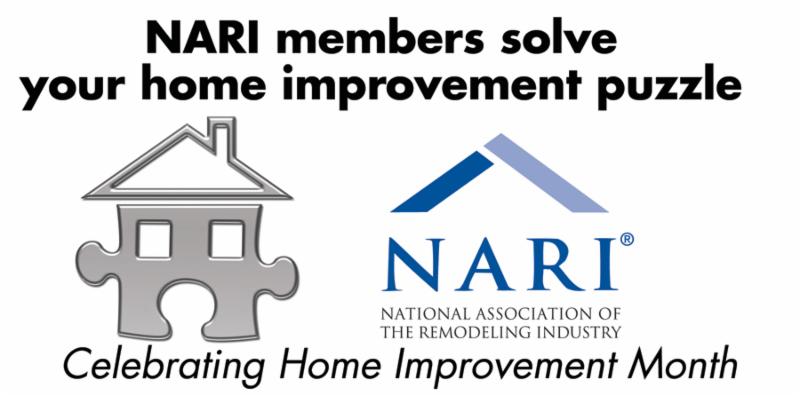May is National Home Improvement Month which celebrates the traditions of home improvements that take place in the spring.
Do you have a project you've been thinking about or do you need inspiration? Below I highlight requests I often hear from our prospective clients, as well as creative solutions to address them.
Bring your Kitchen into the 21st Century
A challenge in many older houses in the Richmond area is renovating kitchens in a manner that retains the character of the home while incorporating the latest innovations. At CCI, we are skilled at keeping historic charm while adding appliances and fixtures that provide performance and efficiency, and have won awards for our designs by doing so. You can read more about one such project
here.
Turn your Master Bathroom into a Spa-like Suite
Do you wish you had a retreat for relaxation in your master bedroom? Do you dream of a steam shower or a heated bathroom floor? Homeowners often CCI in order to make these a reality. Whether you envision a bath with modern features and fixtures, or one that is more traditional and luxurious, we can help you design the bathroom you've always wanted.
Add a Master or Mother-in-law Suite with an Addition
Your current space constraints don't necessarily need to be a limiting feature when you are considering home improvements. CCI has added space to Richmond area houses by adding second-story additions, popping-out a wall, and even adding new structures to the property. We added a comprehensive master suite to a small 1927 arts and crafts bungalow style home and nearly doubled the home's square footage. This project is highlighted here.
Convert your Basement into a Living Area
What do you wish you had space for in your home? Your basement can be transformed into almost anything you can dream of -- a casual den for relaxing and entertaining, a home theatre or game room, a new bedroom suite. CCI will work with you to help you realize your dream, as we did with a client who wanted to convert their Monument Avenue basement into a modern, urban space with a "loft feel" to offset the formal, Georgian character of the rest of the house. You can read more about this multiple award-winning project
here.
Add or upgrade your Outdoor Living Room
Now that we are finally getting warmer temperatures, do you have an exterior space where you can enjoy the outdoors with friends and family? If not, now is the time to build your dream deck, create the outdoor kitchen you've always wanted, restore your front porch, or add a wrap-around or screened-in porch. CCI can help you design the space and build a top quality outdoor living room that you can enjoy this spring, summer and fall.
Regardless of the home improvement project that inspires you, we know you are making a big investment, personally and financially, when you decide to renovate. At CCI, we strive not only to produce high quality work, but also to build satisfying long-term relationships with our clients. Please browse our
website and get to know us a little better. Then
get in touch with us to help us learn more about you and your ideas for your home renovation.







